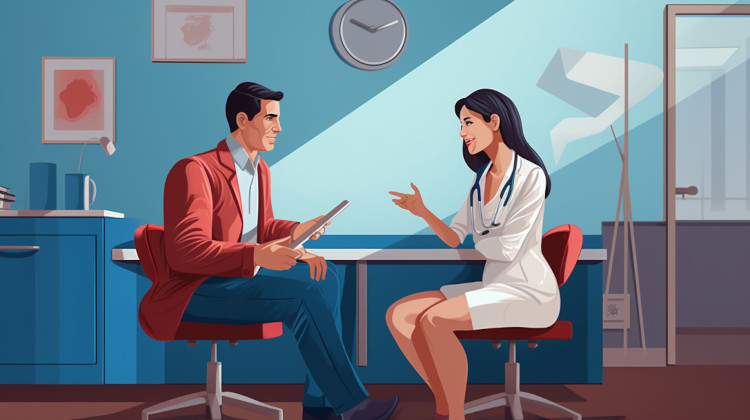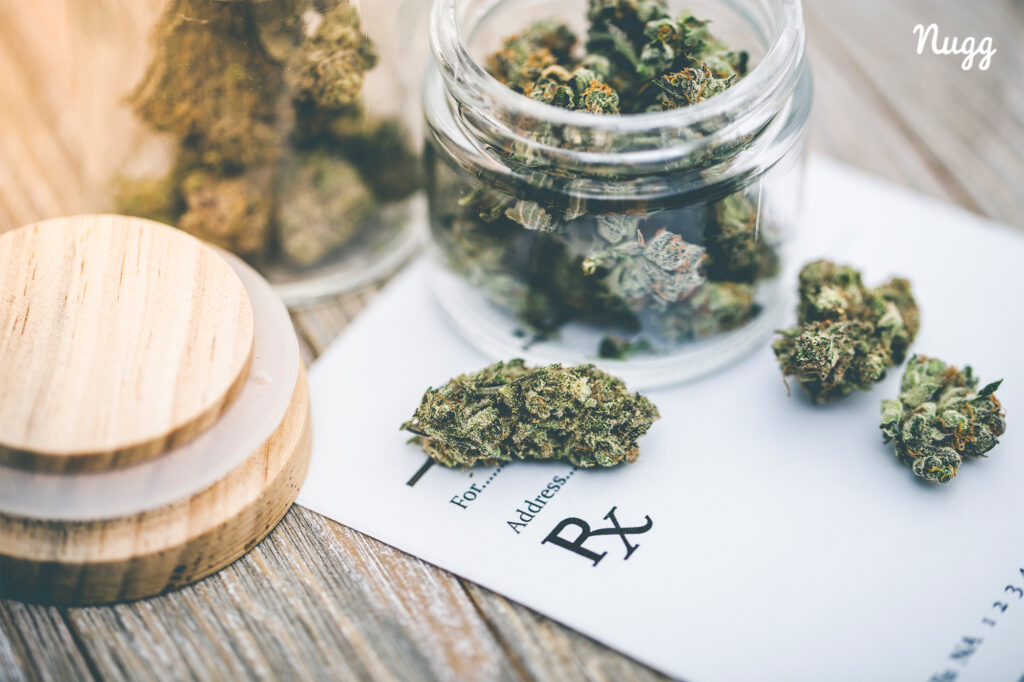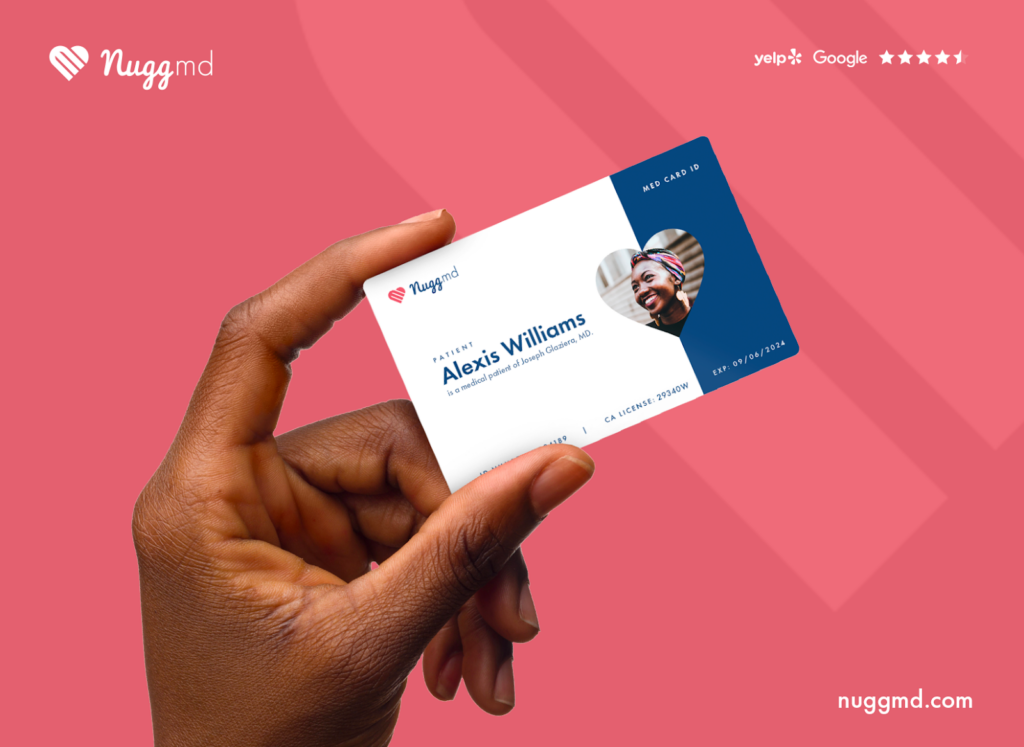
Cerebral palsy is a group of neurological disorders that impact an individual's movement and balance. Abnormal brain development disrupts the ability to maintain control of movements, posture, and balance.
Individuals with this diagnosis typically experience symptoms very early in life. Cerebral palsy has various degrees of severity and can impact individuals in different ways. Generally, muscle stiffness occurs as a result of the disorder and can reduce the body’s range of motion and quality of life.
Cerebral palsy is the leading cause of childhood disabilities and has no cure, but some treatments and medications can significantly improve symptoms. This condition is more common in boys than girls and is more likely to impact Black children.
There are a few different variations of cerebral palsy, including spastic cerebral palsy, dyskinetic cerebral palsy, and mixed cerebral palsy. Spastic cerebral palsy is the most common of these types, occurring in 80% of individuals with cerebral palsy. Spastic cerebral palsy can lead to stiff muscles and sometimes only affects one specific area of the body.
What Causes Cerebral Palsy?
Cerebral palsy is caused by abnormal brain development or brain damage. In some cases, the brain damage occurs before the child is born.
Certain factors that can increase the risk of having cerebral palsy:
- Premature birth
- Health complications with the gestational carrier
- Seizures
- Jaundice
- Being a baby in a multiple birth
Cerebral Palsy Signs & Symptoms
Cerebral palsy symptoms are not always present at birth but typically can be diagnosed within the first two years unless the child has mild symptoms. An individual with cerebral palsy may experience one or more of the following common symptoms:
- Muscle stiffness
- Extreme reflexes
- Tremors
- Difficulty balancing
- Muscle tone differences
- Not meeting fine motor skill developmental milestones
Common co-morbid conditions may also include but are not limited to:
- Learning disabilities
- Seizures
- Impaired vision
- Hearing loss
- Speech, language, and other developmental delays
- Incontinence
- Spinal deformities
If you think that your child might be exhibiting cerebral palsy symptoms, reach out to their pediatrician. Getting a diagnosis as soon as possible can significantly impact a child’s quality of life, as early intervention can be extremely beneficial.
Can Cannabis Help Alleviate Symptoms of Cerebral Palsy?

Clinical trials are still awaiting results to learn more about the effects of cannabis use in individuals with cerebral palsy.
Chronic pain is the most common symptom of cerebral palsy, with between 30% and 70% of individuals experiencing pain regularly.1 Managing this pain may be difficult since typical traditional pain medicine, like opioids, can have adverse effects and even be addictive. Cannabis has been studied as an alternative to many traditional pain management options and has shown great promise in relieving some symptoms.2
Additional research has shown that cannabinoids, in particular CBD and THC, may help with cerebral palsy symptoms through relief from muscle spasms.3 Muscle spasms are a common symptom of cerebral palsy that can be extremely painful and reduce quality of life. In addition, cannabis has demonstrated potential as a muscle relaxant as well, which may help patients with muscle stiffness.4
A study from 2020 found that while there were minimal adverse effects, a 1:1 cannabinoid blend, nabiximols, showed no improvement in spasticity in children with cerebral palsy or traumatic CNS injury.5 Overall, there is a need for more research to understand the specific ways that cannabis interacts with muscle spasticity in patients with cerebral palsy.
Legality and Doctor’s Recommendation
To determine if your state considers cerebral palsy to be a qualifying condition for medical marijuana, check out our Laws & Regulations section for the medical cannabis rules for your state.
If you find that your state recognizes cerebral palsy or its symptoms as a qualifying medical condition, you can seek a doctor’s recommendation to get your medical cannabis card in your state.
How NuggMD Can Help

NuggMD is the nation's leading medical marijuana technology platform, serving patients in over half the United States. We’ve connected over 1,300,000 patients with their new medical marijuana doctors face-to-face via our state-of-the-art telemedicine platform.
We believe that every human being has the right to explore the benefits of medical cannabis and are fully committed to helping each patient explore all of their options in their journey to wellness. For further information on whether you qualify for medical cannabis, select your state.
Resources
- Eriksson E, Gunnar Hägglund, Alriksson-Schmidt A. Pain in children and adolescents with cerebral palsy – a cross-sectional register study of 3545 individuals. BMC Neurology. 2020;20(1). doi:https://doi.org/10.1186/s12883-019-1597-7
- Hill KP, Palastro MD, Johnson B, Ditre JW. Cannabis and Pain: A Clinical Review. Cannabis and Cannabinoid Research. 2017;2(1):96-104. doi:https://doi.org/10.1089/can.2017.0017
- Libzon S, Schleider LBL, Saban N, et al. Medical Cannabis for Pediatric Moderate to Severe Complex Motor Disorders. Journal of Child Neurology. 2018;33(9):565-571. doi:https://doi.org/10.1177/0883073818773028
- Baron EP. Medicinal Properties of Cannabinoids, Terpenes, and Flavonoids in Cannabis, and Benefits in Migraine, Headache, and Pain: An Update on Current Evidence and Cannabis Science. Headache: The Journal of Head and Face Pain. 2018;58(7):1139-1186. doi:https://doi.org/10.1111/head.13345
- Fairhurst C, Kumar R, Checketts D, Tayo B, Turner S. Efficacy and safety of nabiximols cannabinoid medicine for paediatric spasticity in cerebral palsy or traumatic brain injury: a randomized controlled trial. Developmental Medicine & Child Neurology. 2020;62(9):1031-1039. doi:https://doi.org/10.1111/dmcn.14548
The information in this article and any included images or charts are for educational purposes only. This information is neither a substitute for, nor does it replace, professional legal advice or medical advice, diagnosis, or treatment. If you have any concerns or questions about laws, regulations, or your health, you should always consult with an attorney, physician or other licensed professional.

